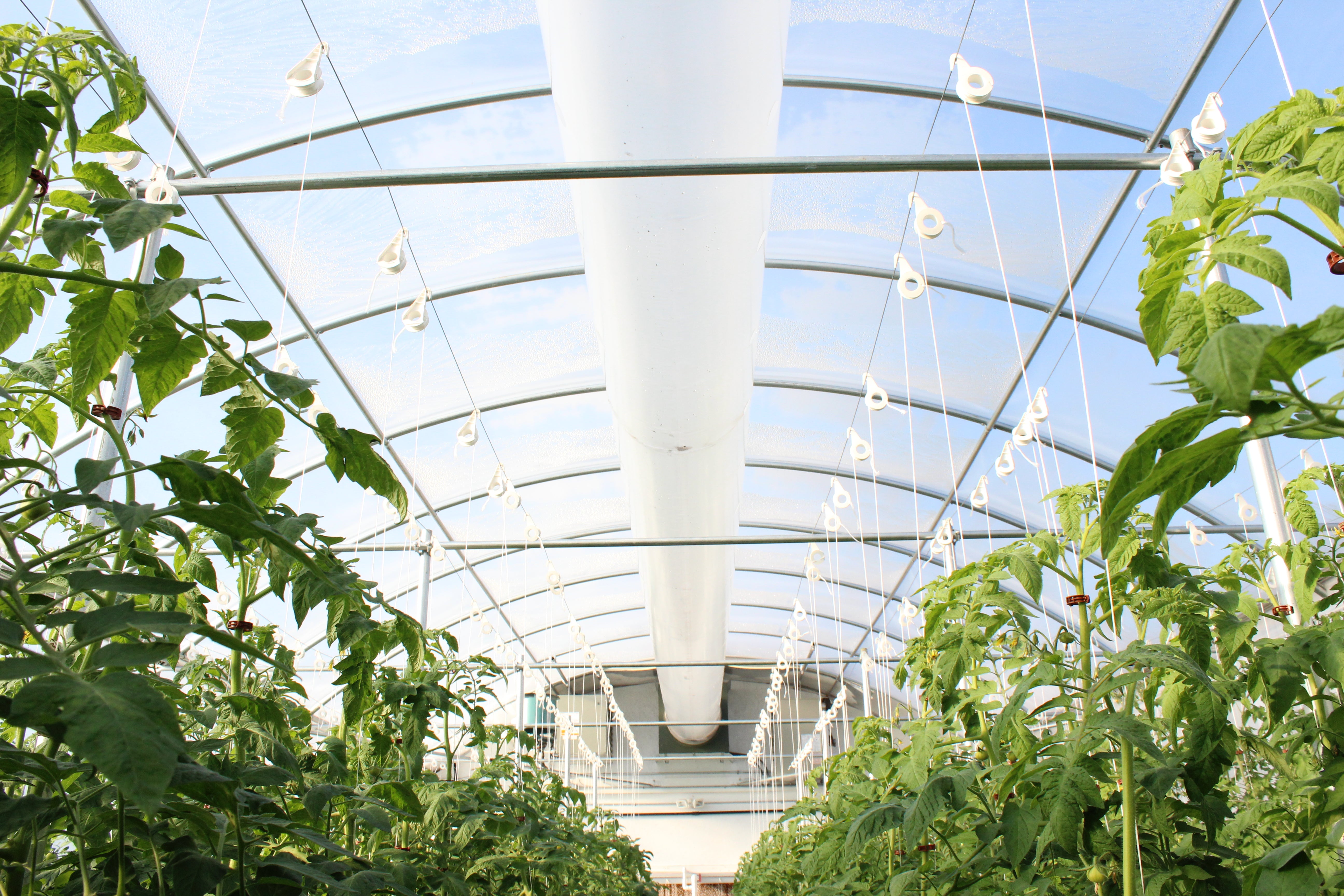The attraction of opposites: Using both soil and soilless production to enhance diversified vegetable and fruit operations - Part 2

On this mid-summer morning in central Pennsylvania, it turned out that tomatoes were not the first thing on Ammon Martin’s mind. While Ammon and his son Dave were certainly willing to discuss their greenhouse hydroponic tomato production with me, he explained with a smile that right now it was peach picking season. So, it was going to be the orchard that would consume much of their time over the next few days. This simple explanation very clearly illustrates both the opportunities and challenges that greet diversified direct marketers like the Martins, who have owned and operated Peach Hill Orchard, in Martinsburg, PA for over two decades.
Ammon started his production over twenty years ago with fruit trees and vegetables. To widen his season and therefore marketing window, he began growing tomatoes in high tunnels. However, the management and production in soil with unheated structures contained more yearly and seasonal variability than he desired. In order to have more control over his growing environment and therefore his crop productivity, he installed a CropKing hydroponic greenhouse about 20 years ago. Beefsteak tomatoes were their most important hydroponic crop, but European cucumbers were grown as well to add variety to the early spring produce selection. Along with hydroponic production, the Martin’s also produced bedding plants, vegetable transplants and hanging baskets in adjacent, but separate greenhouses. These protected environments were combined with both field vegetables and fruits for a wide diversity of crops to market.
For many years, they sold these varied crops through a small roadside stand at their dairy farm in addition to selling through the local flower and produce auctions. To enhance their direct-marketing ability and establish a year-round business, they built a permanent farm market about five years ago that was certainly well stocked with both produce and customers on the morning I visited. Various fruit crops and vegetables, along with meats and cheeses, provide consistent selection for all seasons. The hydroponic tomato crop, though, still played a key role in providing spring and early summer fresh produce to attract customers. However, as the summer season progressed each year, field vegetable crops, sweet corn, and the fruit trees consumed more and more time. To address the labor needs of their diverse operation, Ammon simply decided to end their hydroponic crop in late July of each year to focus on other farm responsibilities. The hydroponic tomatoes, along with a few cucumbers, are produced and sold in the months of March through July. Field vegetables, fruit, and cider then become the focus of Peach Hill Orchard.
Over time, the Martin’s found they were direct marketing essentially all of their produce and rarely needed to sell at the produce auction. In fact, they even discontinued growing bedding plants and hanging baskets because they found those markets were more crowded. Growing hydroponic and field vegetables and fruit for their market, it turned out, was a more profitable use of their time. This past year, they even added a small CropKing nutrient film system to grow hydroponic lettuce for their customers in the spring. Peach Hill Orchard, now run by Ammon along with his son Dave, demonstrates the potential of coordinating traditional fruit and vegetable production in soil with greenhouse hydroponic crops. This crop combination provides the Martin’s an opportunity to provide a diverse and high quality selection of produce to their customers throughout the seasons- and it certainly seems to be working!
soilless hydroponics hydroponic